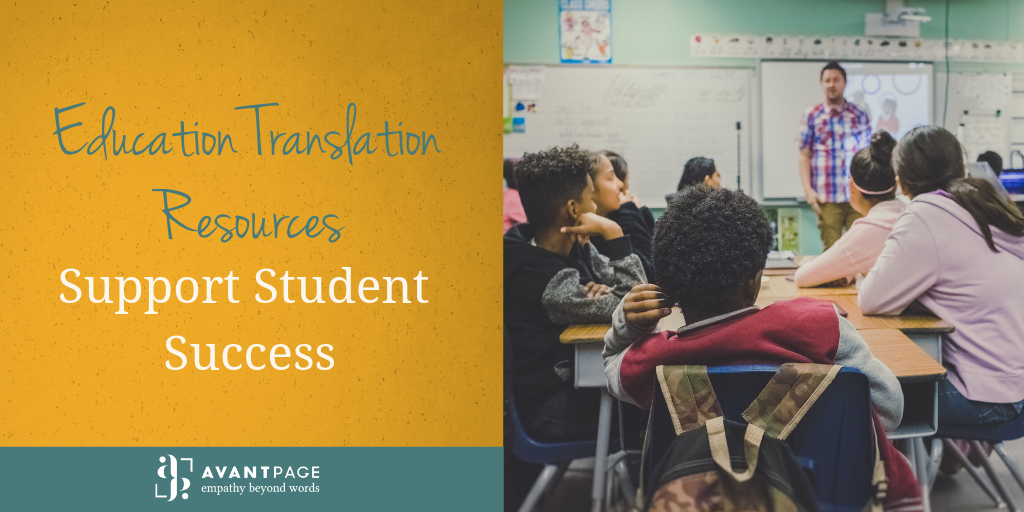The need for education translation resources has never been higher, thanks to a huge jump in the percentage of public school students who are English Language Learners, and laws that make it possible for undocumented students to attend state colleges. Schools, school districts, and universities that provide education translation resources to students and parents lay the foundation for future successes.
Education Translation Resources and Undocumented College Students
According to a study by UCLA researchers, undocumented college students report a higher than average level of anxiety when compared to other undergraduates. Nearly 37% of undocumented female students and 29% of undocumented male students say their anxiety level is at least four times higher than the general student population.
The majority of stress is related to concerns about the deportation of themselves or their family members. About 56 percent of the respondents say they know someone who has been deported.
The study concluded that universities should undertake a variety of initiatives to lessen the anxiety levels of students, including supplying translation services and other resources. Education translation resources decrease the anxiety of these students by allowing them to better engage with their education and feel more like they have a place in the educational environment.
Parents of young English learners struggle
Unfortunately, the news isn’t much better at the elementary education level. A report revealed that many California parents lie on school surveys designed to identify young English learners in order for fear a Limited English Proficiency (LEP) label will limit their child’s learning opportunities.
“Some parents don’t want their children classified as English learners because they fear they won’t be able to move into more advanced coursework in middle and high school due to additional language requirements. Another reason is that state data shows English learners don’t perform as well on the California High School Exit Exam — though students who were initially English learners and reclassified outperformed their English-only counterparts on the test,” says The Associated Press’s Amy Taxi.
Providing education translation resources to k-12 students helps to break the stigma of being an LEP student or parent. If these services are made more widely available, the anxiety surrounding the need for language services decreases. Not only does this benefit the students and their parents, but it also benefits your organization as you’ll have a more accurate recording of the LEP students and parents in your area.
Education Translation Resources Make A Difference
Whether at the grade school or university level, education translation resources have the potential to improve the educational landscape for millions of students nationwide. Title III of the No Child Left Behind Act offers a great starting point for schools to explore how they can help provide translated materials to LEP and immigrant students, including how to access grants and other federal funding to help absorb associated costs.
Working with a translation service is a great way for educational institutions to expand their range of educational programs and give students the best shot at a successful future. Call us at (530) 750-2040 or request a free quote to get started with your education translation project today.
GET VALUABLE CONTENT DELIVERED STRAIGHT TO YOUR INBOX. SIGN UP FOR OUR NEWSLETTER TODAY!
